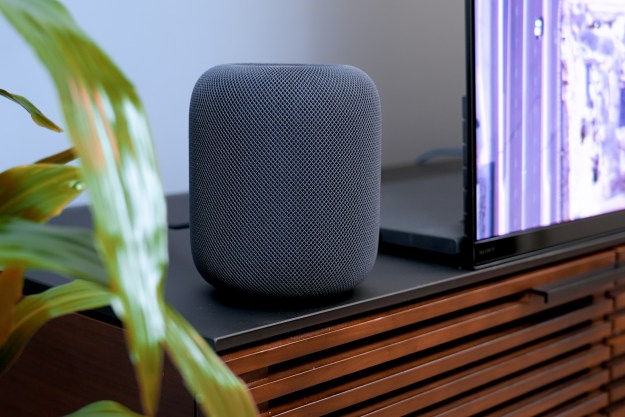“Alexa, where do you get answers to questions?” Alexa’s response to that question may surprise you (see below). In the first week of December 2018, Amazon announced Alexa Answers, a program to encourage customers to add answers and information to Alexa.
According to Amazon’s DayOne blog, until now, the Alexa division has added the answers to common potential questions to a data bank, merging information from multiple sources.
“Alexa is getting smarter every day — she can now do millions of things, and just in the last year we added more than one billion data points to Alexa’s knowledge, federating a large number of sources that inform our knowledge graph,” wrote Amazon Vice President of
Alexa Answers will change that, although the program is by invitation only. Starting December 6, 2018, Amazon is sending email invites to certain customers to begin contributing answers for
This move follows an internal beta during November, in which only Amazon employees participated, Amazon added more than 100,000 responses. Those answers have already been used with customers millions of times, Barton says.
Alexa Answers participants will be directed to a website where they can access questions
Questions and answers will both be screened, to stop “potentially offensive questions from surfacing on the Alexa Answers site, and to prevent profane or offensive words and topics from surfacing in answers,” Amazon told The Verge.
“After a customer submits the answer, the answer may be given to Alexa customers. Then, when the next customer asks
From Barton’s statement, it appears there will be two additional filters to customer-supplied answers. That answers “may be given to Alexa customers” implies some level of human or machine judgment. And then, when responding to a question
Alexa users who hear customer-supplied answers will have the chance to vote them up or down. Too many negative responses will result in the answer’s deletion.
While you’re awaiting an email invite to contribute to Alexa Answers, here are example questions from Amazon’s blog:
- How many birds migrate?
- What is Juniper syrup?
- Where is the most snowfall?
- Where was the world’s largest wave surfed?
- How long does it take for an ice cube tray to freeze?
Digital Trends went straight to the source and asked, “Alexa, where do you get answers to questions?”
Alexa’s first response was, “Sorry, I don’t know that.”
On the chance we had not spoken sufficiently clearly, we asked again and received a nearly identical response, “Hmmm, I don’t know that.”
Alexa’s answers could mean that, indeed,
Editors' Recommendations
- What to do if your Amazon Alexa app is not working
- What is the Amazon Echo Hub?
- Amazon might launch a paid version of Alexa later this year
- Alexa adds new features to help with your holiday shopping
- The best Alexa skills to use on your Amazon Echo in 2023




